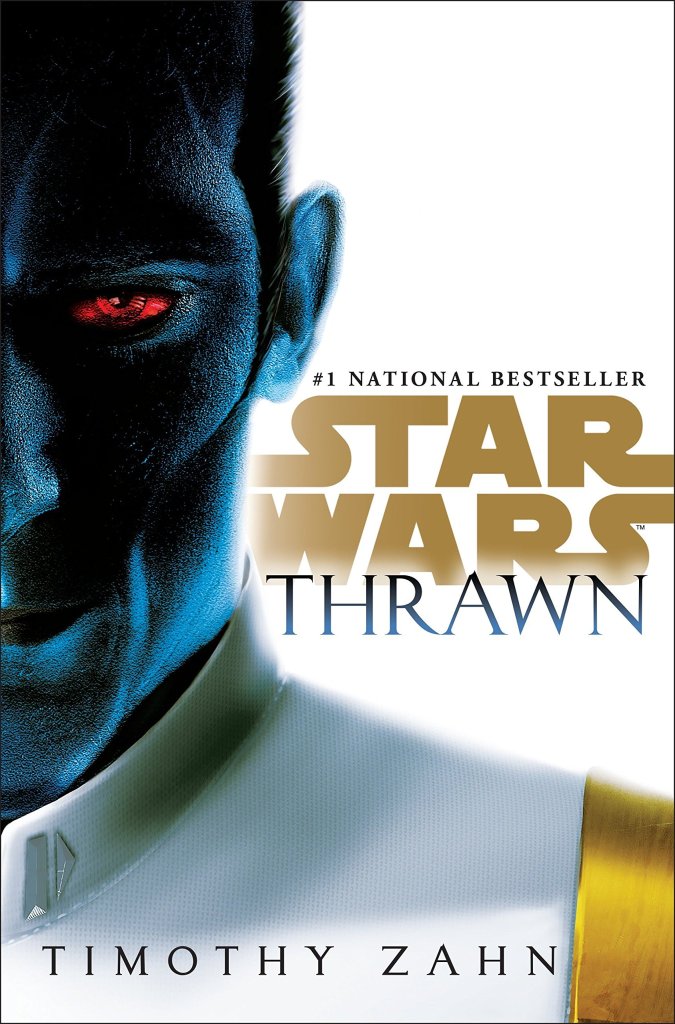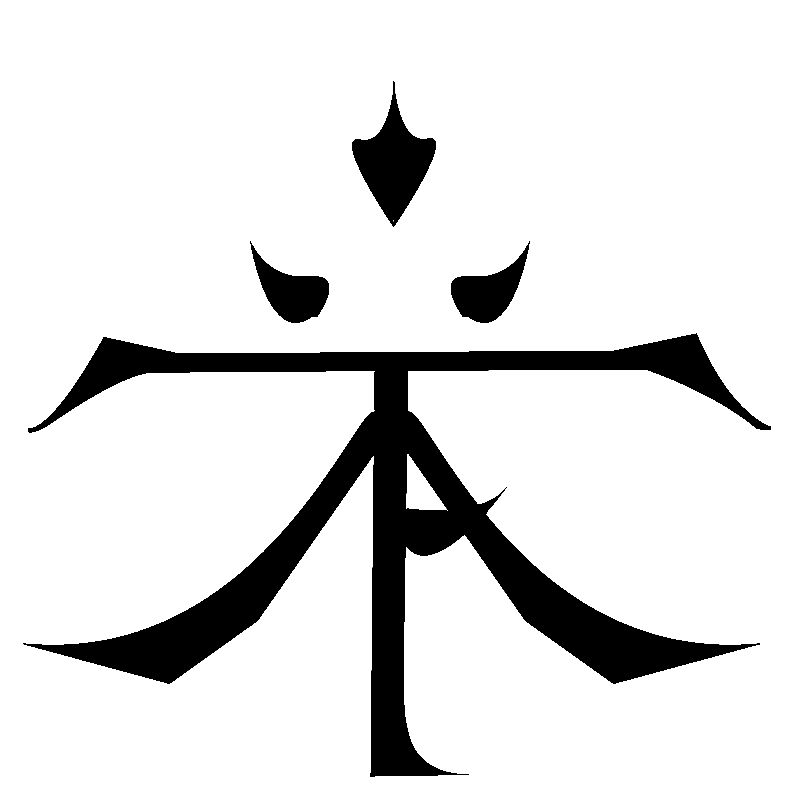

Darth Plagueis, 2012
Darth Plagueis by James Luceno truly is the essential prelude to The Phantom Menace and the Skywalker Saga as a whole, and its reputation as one of the best Legends novels, if not the best Star Wars novel, is incredibly deserving. Luceno manages to weave together an incredibly interesting story of political intrigue, Sith science, and the rise of Palpatine from extrapolations of a couple lines of dialogue, but instead of feeling as though it’s just filling in gaps Darth Plagueis genuinely expands the Star Wars Universe.

Revenge of the Sith, 2005
Matthew Stover’s Revenge of the Sith is so much more than a novelisation, instead it realises the tragedy and emotion of the film and delves even deeper than you could think. There are so many genuinely moving lines, and I have found myself addicted to Stover’s writing style. No matter your opinion on Episode III, this book expands upon motivations, conflict, and Anakin’s fall to unparalleled heights. Though the initial Battle of Coruscant lasts significantly longer than it did in the film, the sequence of events was just a joy to read.

Tarkin, 2014
Tarkin by James Luceno is everything I love about Star Wars. Interesting characters, incredible action, and confounding mysteries. Luceno has made Tarkin a real person, of course still a villain, but a far more compelling one. I adore small-scale Galaxy hopping adventures and Tarkin delivers on that spectacularly. Tarkin couldn’t have been a more perfect book to kickstart the new Canon continuity, with Luceno’s attention to detail and obscure Star Wars connections which immediately carried over so much information and worldbuilding from Legends.

Bloodline, 2016
When I head that Bloodline by Claudia Gray made the Sequel Trilogy’s rather safe premise better I chalked that up to hyperbole, but after reading it I can confirm that its elevated it for me. Bloodline not only delves into the faults of the New Republic and its internal divisions, but also sets up how the First Order came to be and how it was able to conquer the Galaxy so quickly during Episode VIII. Gray also addresses so many interesting ideas, chiefly Leia’s parentage, but also establishes the Core World’s apathy to the Galaxy’s troubles which, contrary to popular belief, does not mean there was no conflict between Episodes VI and VII.

Thrawn, 2017
Thrawn was the first Timothy Zahn book I’ve read, and I can already say that I am a big fan of his. While Zahn’s characterisation of Thrawn has been labeled as apologetic, the complexities behind the rising Chiss officer are on full show in this excellent book. Thrawn also has a similar Galaxy-hopping plot to Tarkin, which I greatly appreciated, and I liked how Nevil Cygni and Berch Teller were cut from the same cloth, but with very different approaches. Intelligent protagonists and antagonists lead to great reading, and I haven’t even mentioned the origin of Governor Pryce which, as expected, was excellent.

Dawn of the Jedi: Into the Void, 2013
Tim Lebbon’s Dawn of the Jedi: Into the Void is a very interesting exploration of the Star Wars Galaxy 25,000 years in the past, and while the plot wasn’t the most gripping its worldbuilding was captivating. The ancient Jedi, the Je’daii, were somewhat different from what we are used to, and in my opinion, they were worse. With little regard to the laws and protocols of the other Settled Planets, the Je’daii even use some powers which I would consider Dark Side abilities, though this ties with their emphasis on balance rather than the Light. Je’daii characters Mind Torture people, and even perform the Alchemy of the Flesh which was quite disturbing. I think the idea that the ancient Jedi were worse would be a very compelling thing, assuming Lebbon intended readers to question their virtue. Nevertheless, it was unique seeing the entire story set in a single star system, though I feel as though the technology was a little too familiar as we see blasters and even droids. I would have preferred a more ancient feel, but we get that in the mystery that surrounds Tython.

Eruption, 2013
I wasn’t aware that Dawn of the Jedi had a prequel short story that led straight into it, but John Ostrander’s Eruption is a fun piece that addresses some of my criticisms of Into the Void. Blasters are seemingly replaced by the much more appropriate slug-throwers, and there even is a semi-feudal system in place in some of the worlds of the Tython System. Ostrander also confirms that the hyper-violence of the Je’daii, at least with Hawk Ryo, is due to influence from the Dark Side, and I’m glad that it’s finally brought up. While the story is a bit basic, it is a short story after all, I feel as though its self-aware characterisation of the Je’daii makes up for it.

Jango Fett: Open Seasons, 2003
I’ve always been aware of the general events of Jango Fett: Open Seasons, but reading the comic miniseries was more fun than I imagined. I quite like its stylistic art, and though its short the window into Jango’s past was quite compelling and it really makes me wish we saw more stories set in the Mandalorian Civil War. Death Watch, led by the comically evil Tor Vizsla, is portrayed as a nomadic force similar to how they were in The Clone Wars, but I must say I do like how their helmets are a unique shape. My favourite issue was probably the second one, but the battle against the Jedi on Galidraan was a great snapshot into the pre-Episode I Jedi and the failures of the Republic which I really enjoyed seeing in Darth Plagueis.

Dark Vendetta, 1996
Eric S. Trautmann’s short story is a unique window into the pre-Prequel understanding of the fall of the Jedi, the rise of Palpatine, and the role of Darth Vader. While many aspects of Dark Vendetta does not mesh well with Episode III, other parts seemed very familiar. High Inquisitor Tremayne’s willing service in Palpatine’s Inquisitors is similar to the premise of the upcoming Inquisitor: Rise of the Red Blade, and the post-Jedi Purge wanderings of Corwin and Master Arkanian reminded me of Ezra and Kanan, especially when they faced off against Tremayne. I think it’s interesting how stories like this could technically still work in Canon, from a certain point of view.

Heir to the Empire, 19991
Heir to the Empire by Timothy Zahn has long been praised as one of the greatest Star Wars novels beginning the greatest Star Wars trilogy, and I really did enjoy it. While I am more familiar with Thrawn in his Canon form, he is a compelling antagonist and the way all of the plot threads combined was compelling. Strangely, I wasn’t as enthused by Joruus C’baoth, the idea of a cloned force user doesn’t sit well with me (considering all clones are unique in the eyes of the force), and I was never keen on Force Battle Meditation which was a key part of his role, but I am interesting in seeing how it progresses. The adventures themselves scream Star Wars to me, and Zahn’s characterisation of the Original Cast is perfect, I can definitely see why people view this as the definitive sequel series to the Original Trilogy. Heir to the Empire has certainly left me wanting more.

The End of History, 2014
The End of History is my first introduction to Alexander Freed’s writing, and I have to say I really like it. This short story explores some interesting topics, mainly how some viewed the Jedi after the Purge, and has some interesting worldbuilding like the concept of Geonosian colony-worlds which I really like to see. But the End of History also provides a glimpse into a much more expansive Galaxy-wide rebellion and its impact on individuals and the sacrifices people made in the fight against the Empire. As a historian, I appreciate how Freed presents Antron Bach’s dilemma, but he really understands the essence of Star Wars and the Galactic struggle of individuals.
